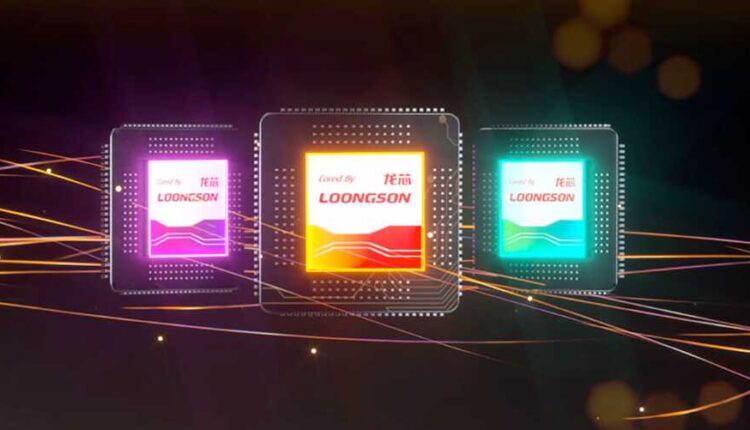©2021 Reporters Post24. All Rights Reserved.
When we did our The Rise of China GPU Makers story inspired by Jon Peddie Research and then detailed by Jon Peddie himself, we were somewhat surprised that Loongson — a Chinese CPU champion — was not a part of the game. Well, now it looks like things have changed.
One of the announcements that flew under our radar this month was the introduction of the Loongson LS2K2000 system-on-chip (SoC) that features the company’s proprietary LoongArch microarchitecture as well as its first own-designed graphics processing unit (thanks to Heise.de for the tip).
The LS2K2000 CPU is hardly anything special, as it is aimed at various embedded applications. As such, it only has two LA364 cores featuring the proprietary LoongArch microarchitecture with all of its peculiarities as well as some basic I/O capabilities like a 64-bit DDR4-2400 memory interface, PCIe 3.0, SATA 3.0, USB, Ethernet, audio, and everything else that one comes to expect from a simplistic SoC.
What grabbed our attention was the phrase that the LS2K2000 features the LG120 GPU ‘core independently developed by Loongson, further optimizing the graphics algorithm and performance.’
Given the applications that the LS2K2000 is aimed at, it is unlikely that we are dealing with something very advanced in terms of performance. In fact, we believe it would be pretty much underwhelming when it comes to power consumption. Yet, a basic GPU from a CPU-centric company looks curious, and these types of foundations can be built upon.
When it comes to the LG120 GPU itself, it seems to be a very basic unit, the company would probably mention its capabilities if there was something to brag about. What seems important is that Loongson claims that this is a unit designed internally.
We do know that many Chinese companies license Arm and Imagination Technologies GPU IP to integrate into their designs in a bid to save time and money (read our China GPU story for details). Meanwhile, Loongson has publicly said that it was adopting the RISC-V architecture for its next projects. While it was disclosed in the context of CPUs, the architecture is flexible enough for GPUs, too. So, who knows?
Of course, it is possible that Loongson only has a GPU for very basic needs. Yet, the company that has ambitions to challenge AMD’s Zen 3 on the CPU side of the business might well have GPU ambitions, too. If it were designed for scalability, a proprietary GPU architecture would be a good start, even if it begins on the low end.


